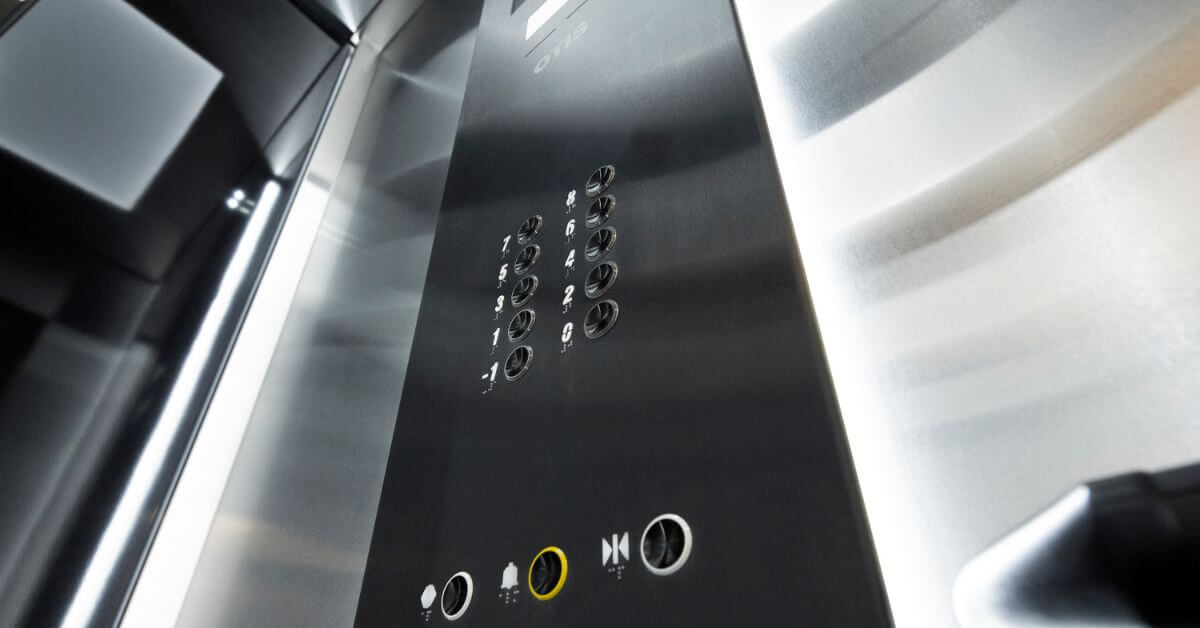Discover the very best Disabled Platform Lifts Prices UK for Residential and Commercial Usage
Discover the very best Disabled Platform Lifts Prices UK for Residential and Commercial Usage
Blog Article
Exploring the Globe of Lifts: Typical Issues Dealt With by Numerous Lift Systems
As we browse via the vertical transport systems of modern-day structures, lifts stand out as a vital part of our daily lives. From hydraulic lifts to traction systems and machine-room-less layouts, each lift type comes with its set of typical concerns.
Hydraulic Elevators
Hydraulic elevators, typically preferred for low-rise structures, use fluid pressure to regulate the movement of the elevator auto (lift repair companies). This system involves a hydraulic pump pushing oil into a cylinder, triggering the lift to relocate the preferred instructions. While hydraulic elevators are known for their smooth and peaceful operation, they do feature their own collection of typical concerns
One widespread trouble with hydraulic lifts is oil leakage. The seals in the hydraulic system can wear with time, leading to oil seepage. If left unaddressed, this not only develops a mess however can likewise influence the elevator's efficiency. In addition, issues with the control system, such as defective valves or a malfunctioning pump, can create interruptions in the lift's movement.
Routine upkeep and timely repair services are important to ensure the smooth performance of hydraulic elevators. By dealing with these common issues proactively, structure owners can minimize downtime and guarantee the safety and security and performance of their vertical transportation system.
Traction Elevators
When thinking about upright transport systems in buildings, one more common type apart from hydraulic elevators is the traction elevator. Traction elevators run using a system of ropes and weights that move the lift vehicle by grasping onto the hoist ropes. This mechanism permits for smoother and much faster upright transport contrasted to hydraulic systems.
Among the common issues faced by grip elevators is rope wear. The consistent movement of the ropes within the traction system can bring about damage gradually, possibly causing the elevator to breakdown or become risky for usage. Routine assessments and upkeep of the ropes are crucial to ensure the elevator's appropriate performance and safety and security.
Another concern that traction lifts may run into is connected to the control system. Troubles with the control system can lead to concerns such as unpredictable activity, hold-ups in feedback times, or also full closures. Normal testing and maintenance of the control system are crucial to prevent such problems and make sure the elevator's integrity.
Machine-Room-Less (MRL) Lifts

Among the crucial elements of MRL elevators is the compact gearless grip device that is installed within the hoistway. This maker efficiently drives the lift cars and truck without the requirement for large tools located in standard traction elevators. Additionally, MRL lifts normally use a weight system to balance the cars and truck, additional improving their power efficiency.
In spite of their benefits, MRL lifts might face challenges associated with upkeep and fixing visit this web-site due to the confined room for tools installation. Accessibility for servicing elements within the shaft can be restricted, calling for specialized training for technicians. Appropriate upkeep schedules and regular examinations are critical to guarantee the ongoing smooth procedure of MRL lifts.
Overloading and Weight Limit Issues
Are elevators outfitted to deal with excess weight loads successfully and safely? Overloading and weight limit problems are critical worries in elevator operations. Lift producers design raises with specific weight capacities to make certain guest security and devices long life. Going beyond these weight limitations can cause numerous issues, consisting of mechanical failings, hold-ups, and safety and security threats.
When lifts are overwhelmed, it places too much pressure on the electric motor, wires, and various other parts, potentially triggering malfunctions or malfunctions. If they discover excess weight, safety devices such as sensing units and overload sensing units are in area to stop elevators from moving. Furthermore, exceeding weight limits can cause increased energy intake and damage on the elevator system.
To reduce straining concerns, developing managers ought to prominently present weight limitations in elevators and educate owners on the relevance of sticking to these constraints - lift repair companies. Routine maintenance checks by qualified specialists can also help make sure that lifts are running within secure weight criteria. By dealing with overloading and weight limitation concerns proactively, building proprietors can boost lift safety and security and efficiency
Electrical System Failures
Exceeding weight restrictions in elevators can not just cause mechanical problems yet additionally potentially contribute to electric check my blog system failings within the lift anonymous facilities. Electrical system failings are a crucial issue in lift operation, as they can create unexpected closures, breakdowns, or perhaps security dangers. One common electric concern is the overheating of components due to extreme current flow brought on by overloading the lift past its capability. This can bring about damage to the control, circuitry, or electric motor systems, causing expensive repair work and downtime.
Regular maintenance and assessments are essential to determine and address possible electric concerns quickly, guaranteeing the risk-free and efficient operation of lift systems. By sticking to weight limits and conducting routine electric system checks, structure proprietors can mitigate the risk of electric failings in elevators.
Final Thought

Hydraulic lifts, typically liked for low-rise structures, use fluid stress to manage the movement of the elevator cars and truck.When considering vertical transport systems in buildings, another typical type aside from hydraulic elevators is the traction elevator. Traction elevators run using a system of ropes and counterweights that relocate the elevator car by clutching onto the hoist ropes. Unlike standard elevators that call for a different equipment area to house the tools, MRL elevators incorporate many of the parts within the shaft, eliminating the demand for a specialized machine area.In final thought, elevators deal with typical issues such as hydraulic malfunctions, grip system failures, and electrical system problems.
Report this page